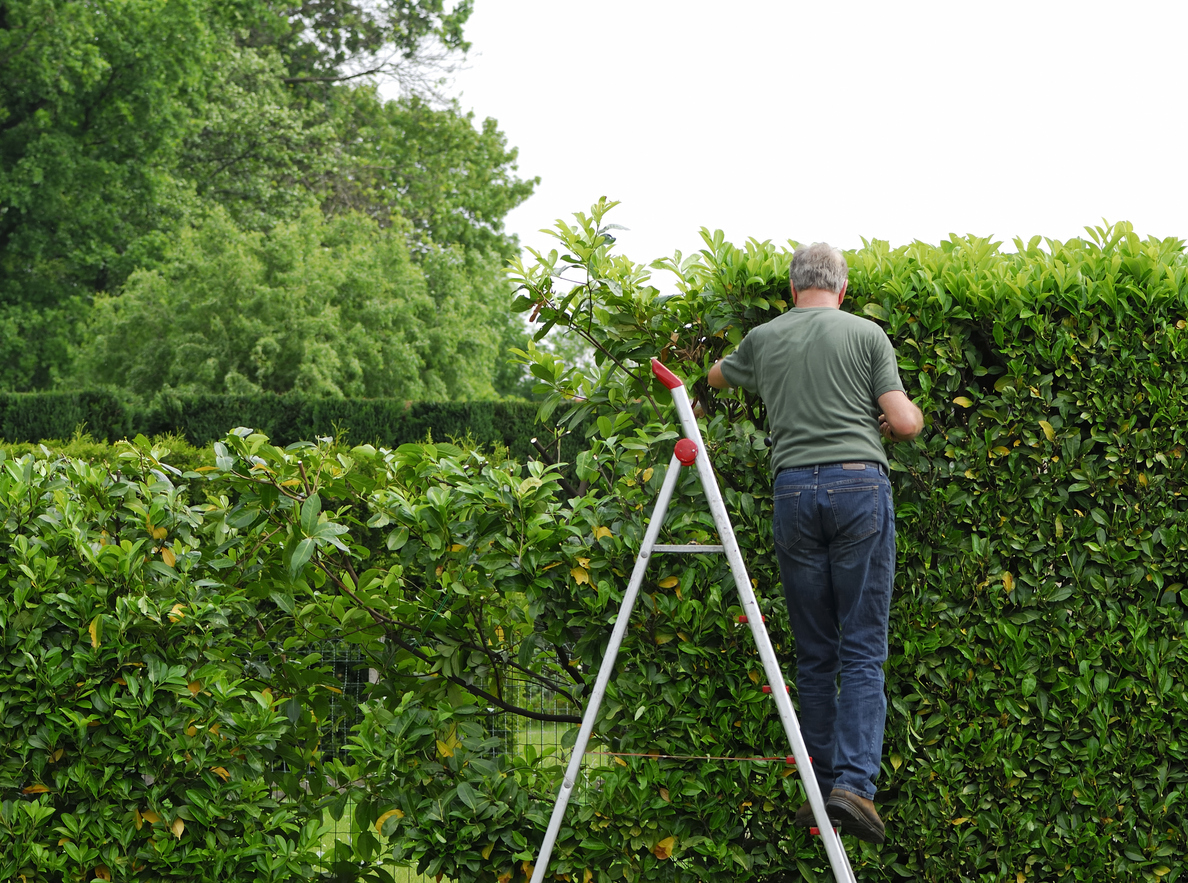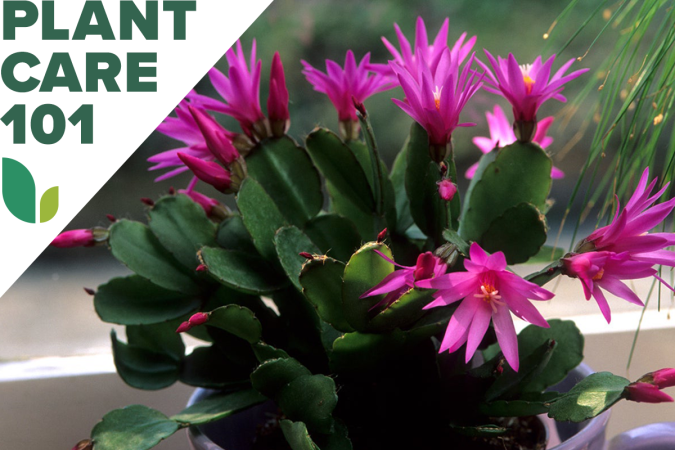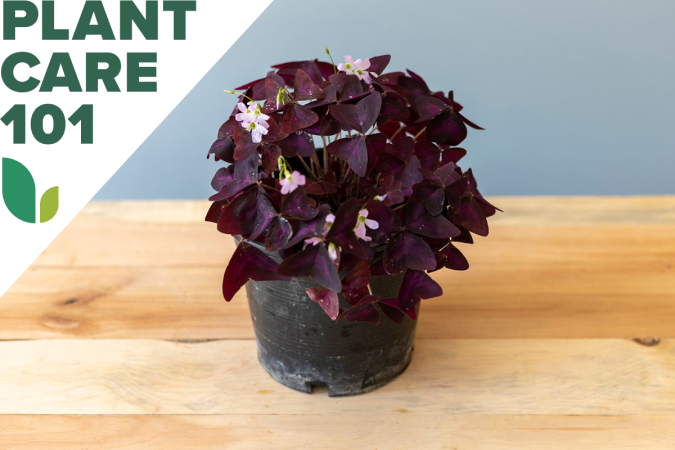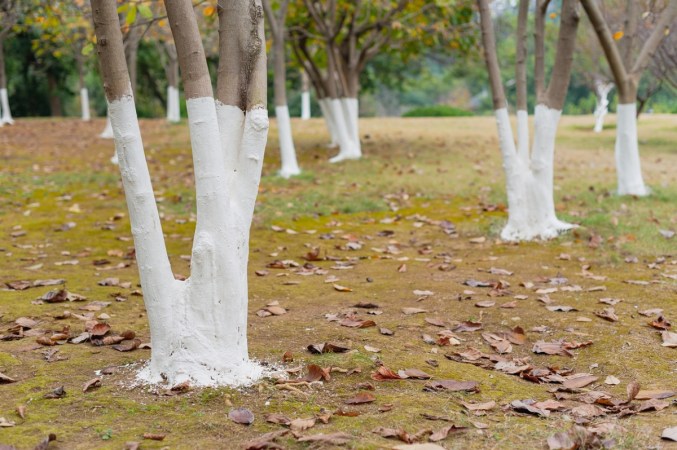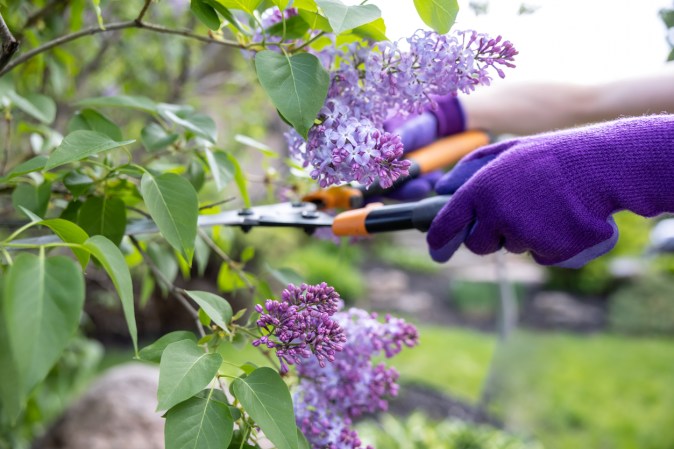We may earn revenue from the products available on this page and participate in affiliate programs. Learn More ›
A good sign of a healthy plant is growth, but keeping a plant healthy often requires pruning or trimming. Although both terms are similar, pruning involves the removal of dead, dying, or diseased parts of the plant, while trimming is done to contain growth and encourage blooms or branching.
Whatever you call it, pruning is necessary. In addition to removing dead or dying branches, it can encourage new growth and fruit or flower production, shape a plant, or thin the plant for better light and air circulation.
But pruning mistakes can cost you blooms for a season, stunt a plant’s growth, or even kill it.
RELATED: How To: Prune a Tree
1. Failure to prune
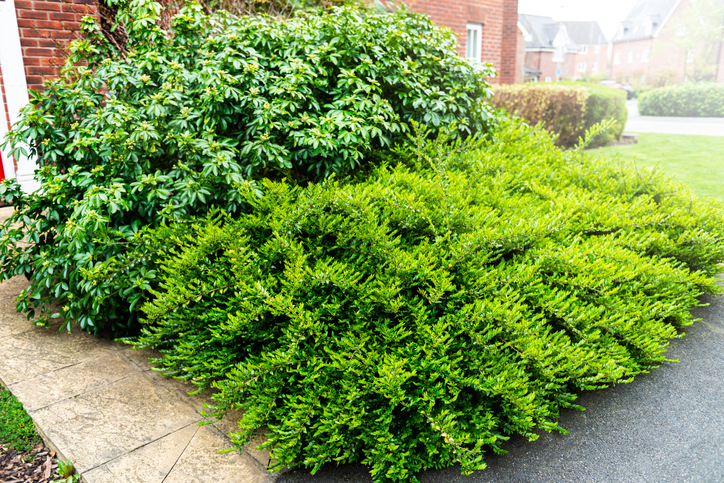
Maybe the only thing worse than bad pruning is not pruning at all. Plants can become “leggy” and overgrown. Branches can become so heavy that they break off or get weighed down. There may be dead, dying, or diseased branches that divert energy from new growth. Plants might hang on to old flowerheads or seed pods.
Lack of pruning causes dense growth that inhibits air flow, which can encourage pests, disease, and mold, and decrease fruiting or flowering. Some plants underperform if not pruned during the early stages of growth. Check each plant’s requirements for proper pruning.
RELATED: The Best Pruning Shears Tested
2. Excessive pruning
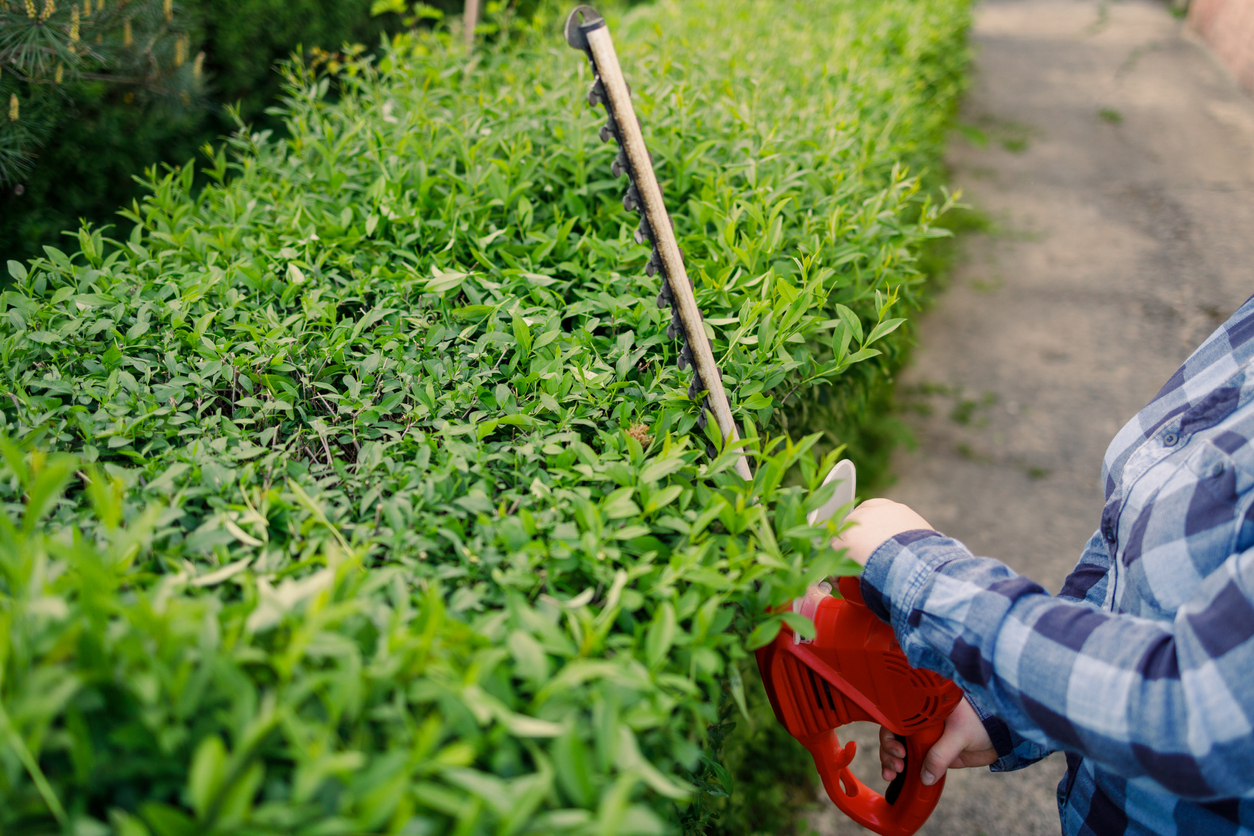
Especially for shrubs that are pruned to maintain a specific shape or size, excessive pruning can create “holes” or “shells” with a thin layer of leaves covering a largely bare interior. To prevent this, use handheld pruners or loppers to thin a shrub, removing up to 10 percent of the branches with foliage to let light in, which will encourage deep branching and more foliage.
All pruning wounds a plant and leaves it temporarily vulnerable. To reduce the stress of heavy pruning or shaping, trim in stages about 2 weeks apart to allow time for the plant to recover.
RELATED: How to Sharpen Loppers—and Why You Should
3. Tree topping
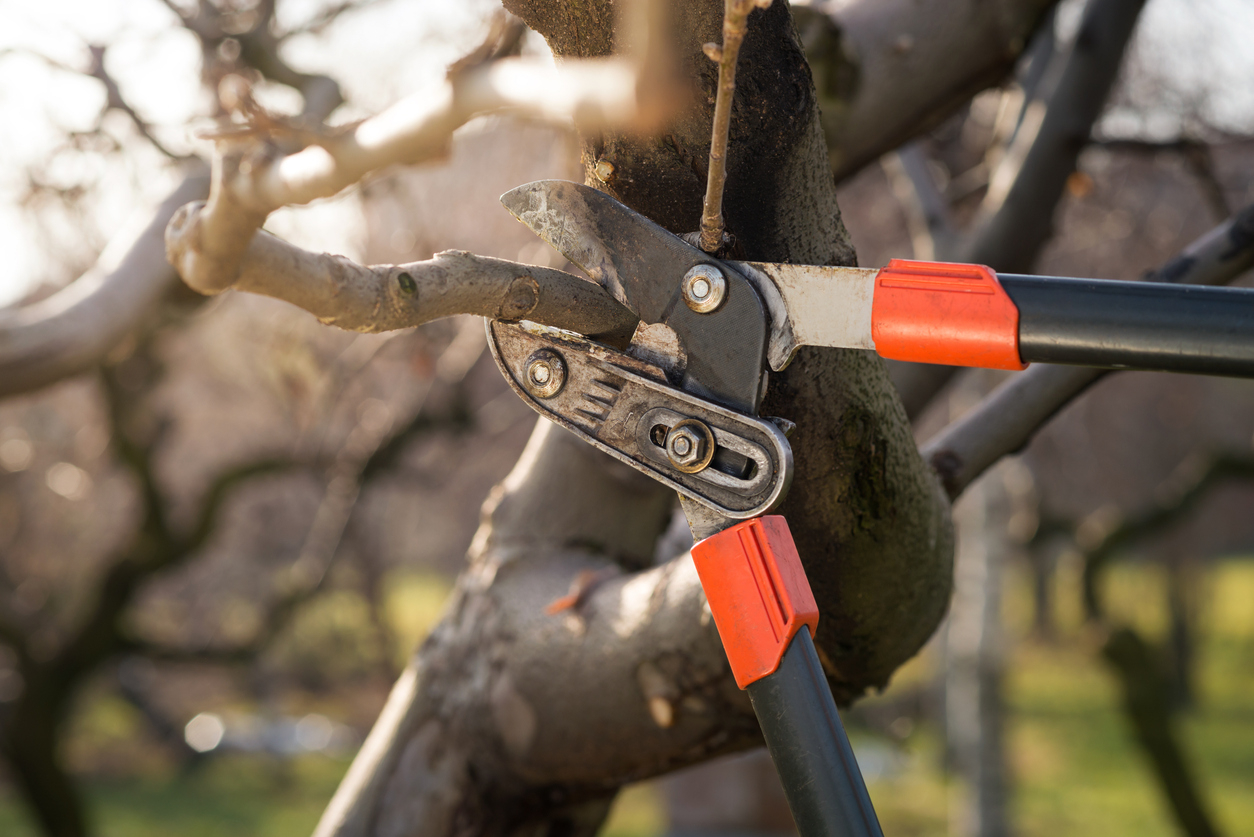
Removing the top of a tree’s main trunk, or leader, results in the tree producing competing new leaders or waterspouts to replace it. They tend to be weak, spindly, and unattractive. Randomly chopping off the main trunk can compromise the tree’s structural integrity, making it susceptible to damage from storms, wind, snow, and ice. If a tree loses its pyramidal shape, sunlight harvesting is hindered.
Instead of topping, remove competing leaders, or aggressive lower branches. To correct a topping problem, select the strongest lateral branch below the nub of the former leader and make a pruning cut above it, bending the lateral branch to grow upward and become the new leader.
RELATED: 12 Things an Arborist Wishes You Knew
4. Pruning at the wrong time
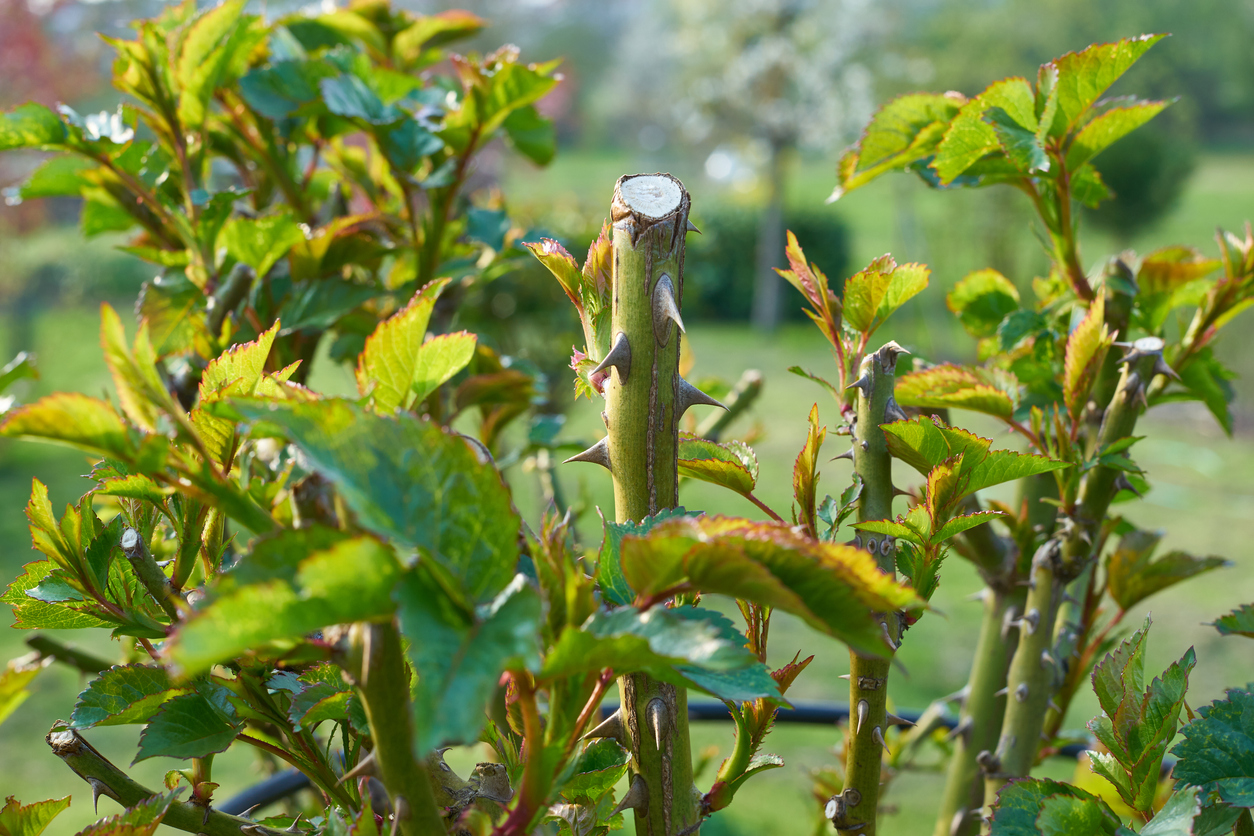
Pruning at the wrong time can send a plant into shock, stunt its growth, or cause it not to bloom that season. It can take years for a plant to recover, if it can. Heavy pruning is best done when a plant is dormant. For most trees, that’s winter. Small shrubs and perennials that bloom in summer need a prune in late winter or early spring. Prune roses in early spring as well.
Plants that flower in the spring shouldn’t be pruned until after blooming. Avoid pruning in the fall because it could cause the plant to put out new growth just before cold weather arrives, and never prune while the plant is in bloom or at the peak of foliage.
RELATED: The Best Pruning Saws Tested
5. Improper pruning
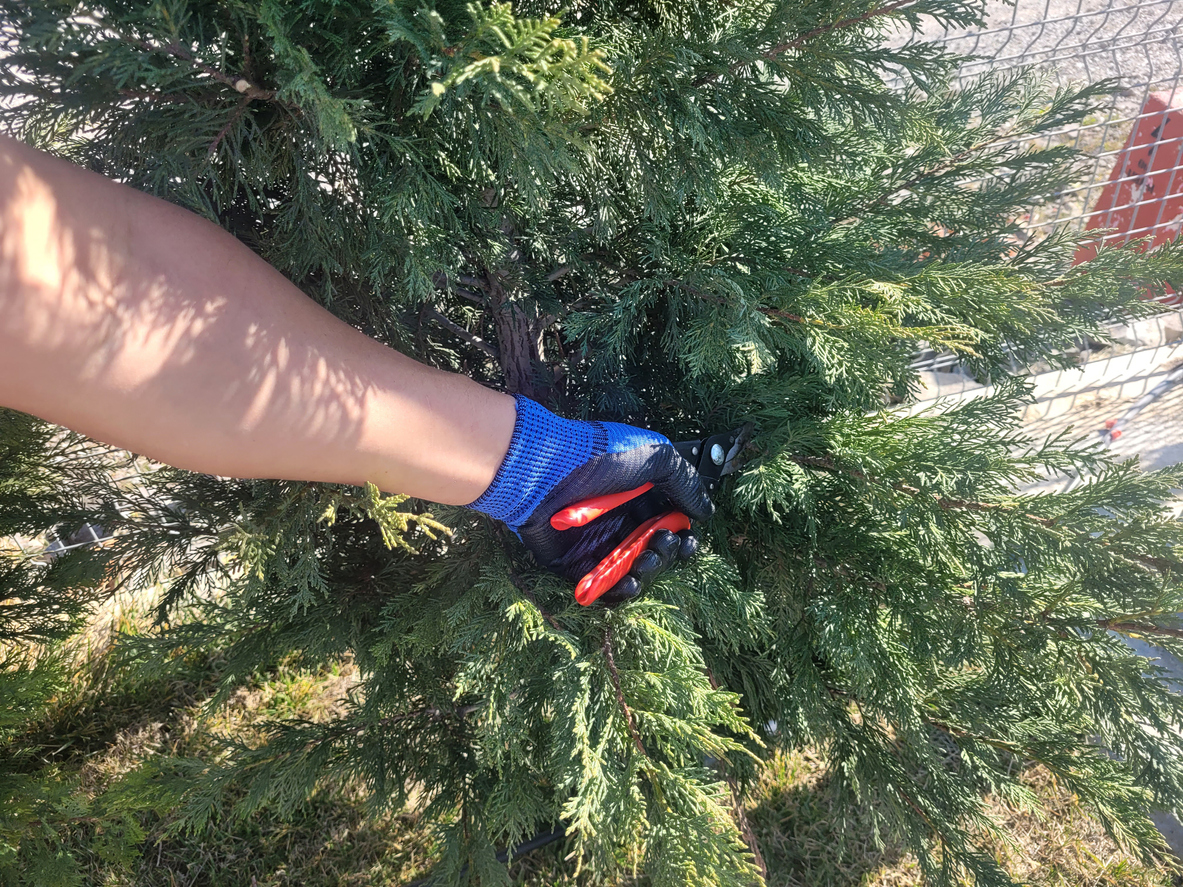
Pruning tree branches larger than 3 to 4 inches in diameter can make a wound too big to recover from. Cut branches that are large off at the trunk. “Lion-tailing” is a type of over-thinning that takes out too many interior branches and results in long, bare branches with leaves only at the ends. Removing too much of a tree’s crown at one time often produces suckering branches (which must be trimmed) and can even kill a tree. Never trim more than 5 percent to 20 percent of a tree’s crown at one time. Don’t fight a plant’s natural shape or growth habit. You may need to thin branches instead of excessive shaping and shearing.
RELATED: The Dos and Don’ts of Deadheading Flowers
6. Poor technique
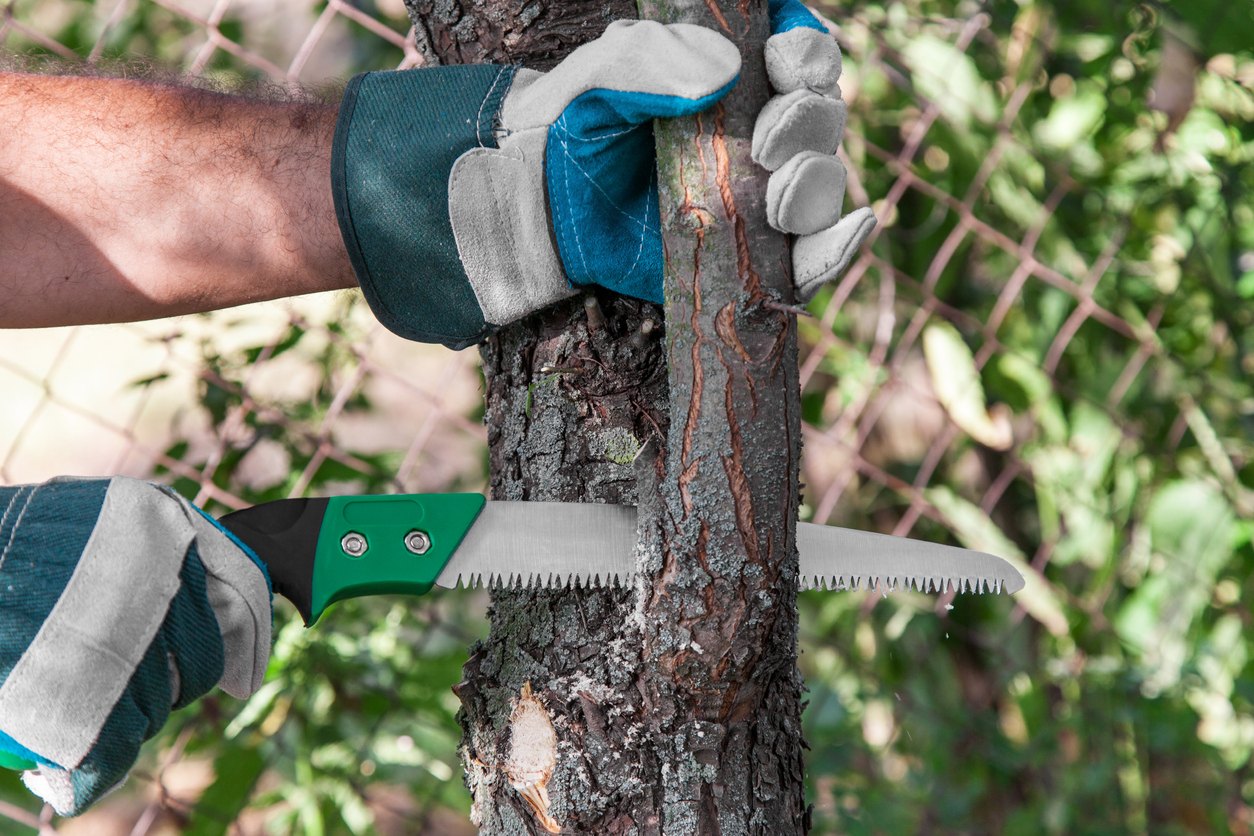
Cutting too close to the trunk or too far from it leaves a tree susceptible to disease. Stubbing out a shrub also creates four to six new branches for every one you cut. Instead of cutting just the tips of branches off, cut larger branches. On conifers, it’s best to cut the branch all the way back to the trunk. Flush cuts (removing the branch collar) prevent proper sealing. Heading cuts to encourage lateral growth instead of vertical growth can make a tree vulnerable to pests and diseases. Make final cuts that are thin, angled, and clean; jagged cuts make it harder for the tree to recover.
7. Using the wrong tools
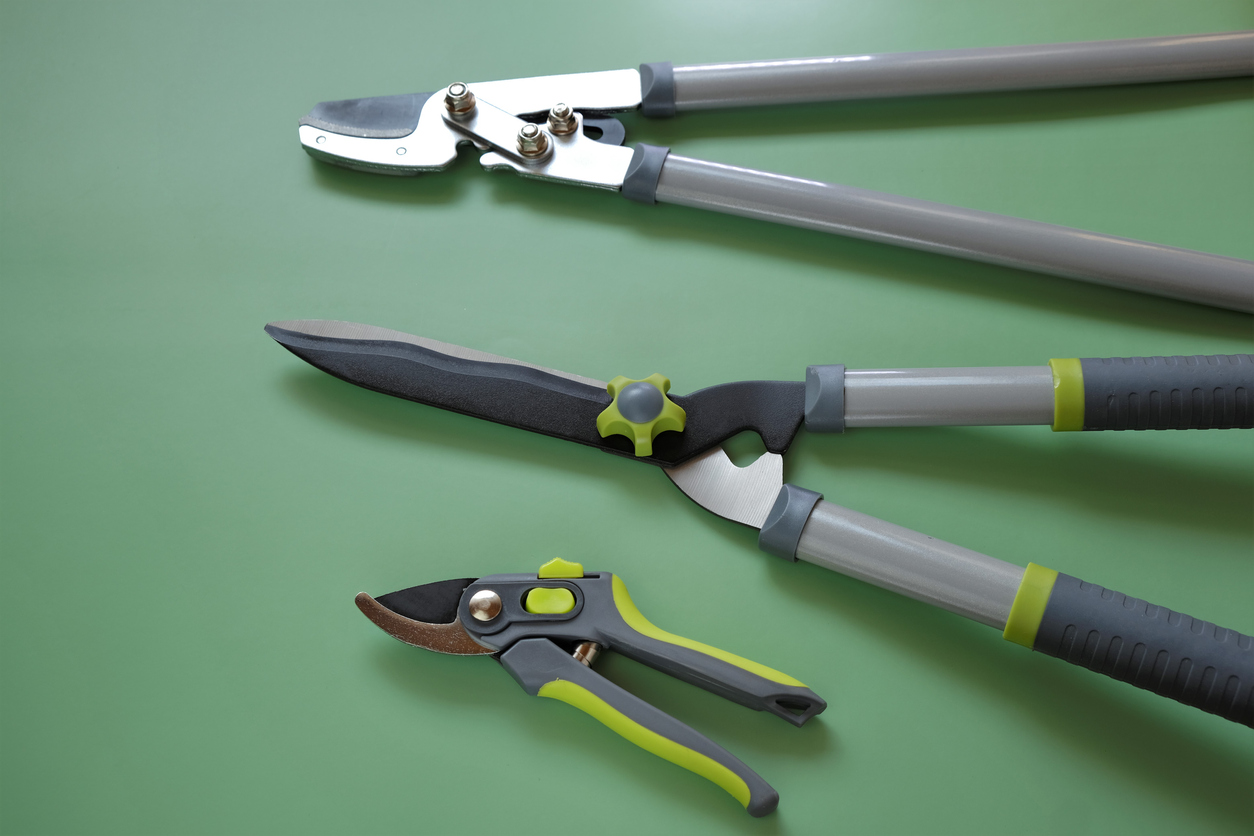
To get a good cut, you must use the right tools. Hedge shears are a good choice for trimming short hedges and bushes. Pruning shears work best for small plants because they’re precise. Loppers work better on thicker branches. Most have long handles to reach inside bushes and lower tree branches. Select bypass pruners or loppers for live or green branches and use an anvil type for dried or dead branches. A pruning saw can remove old, woody stems from shrubs or thicker branches, although most arborists would switch to a bow saw or chainsaw at that point.
RELATED: 8 Ways to Clean Your Garden Tools for Spring Growing Season
8. Using dull or dirty tools
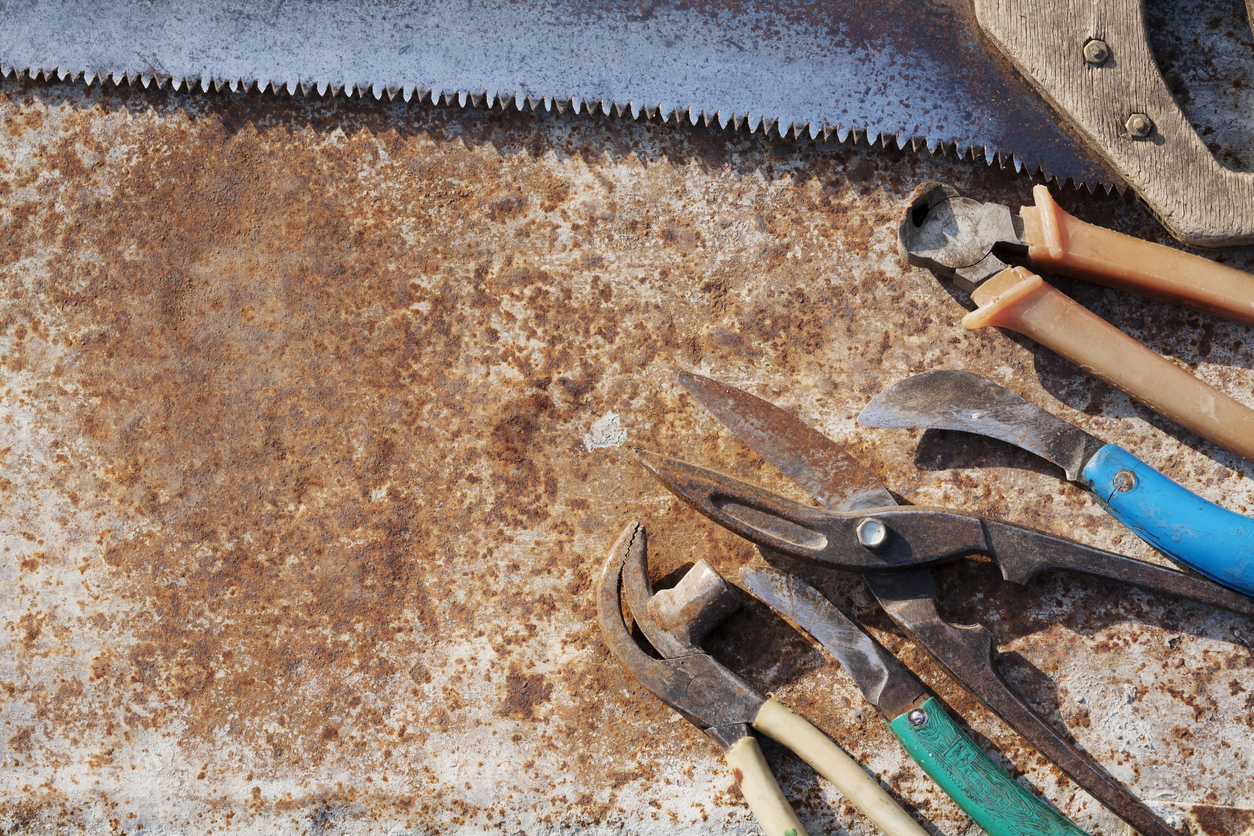
Even the proper tools won’t make a good cut if they’re dull or dirty. Dull or rusty blades, or blades that are too stiff or too loose don’t make a clean cut. Ragged edges open up a plant to disease. It’s important to sharpen and oil pruning tools and to store them in a dry place.
It’s also crucial to clean pruning tools off not only after each use, but if you’re removing diseased branches before you move on to a healthy branch. Failure to clean them off before moving to a healthy plant can transfer fungus and bacterial disease.

